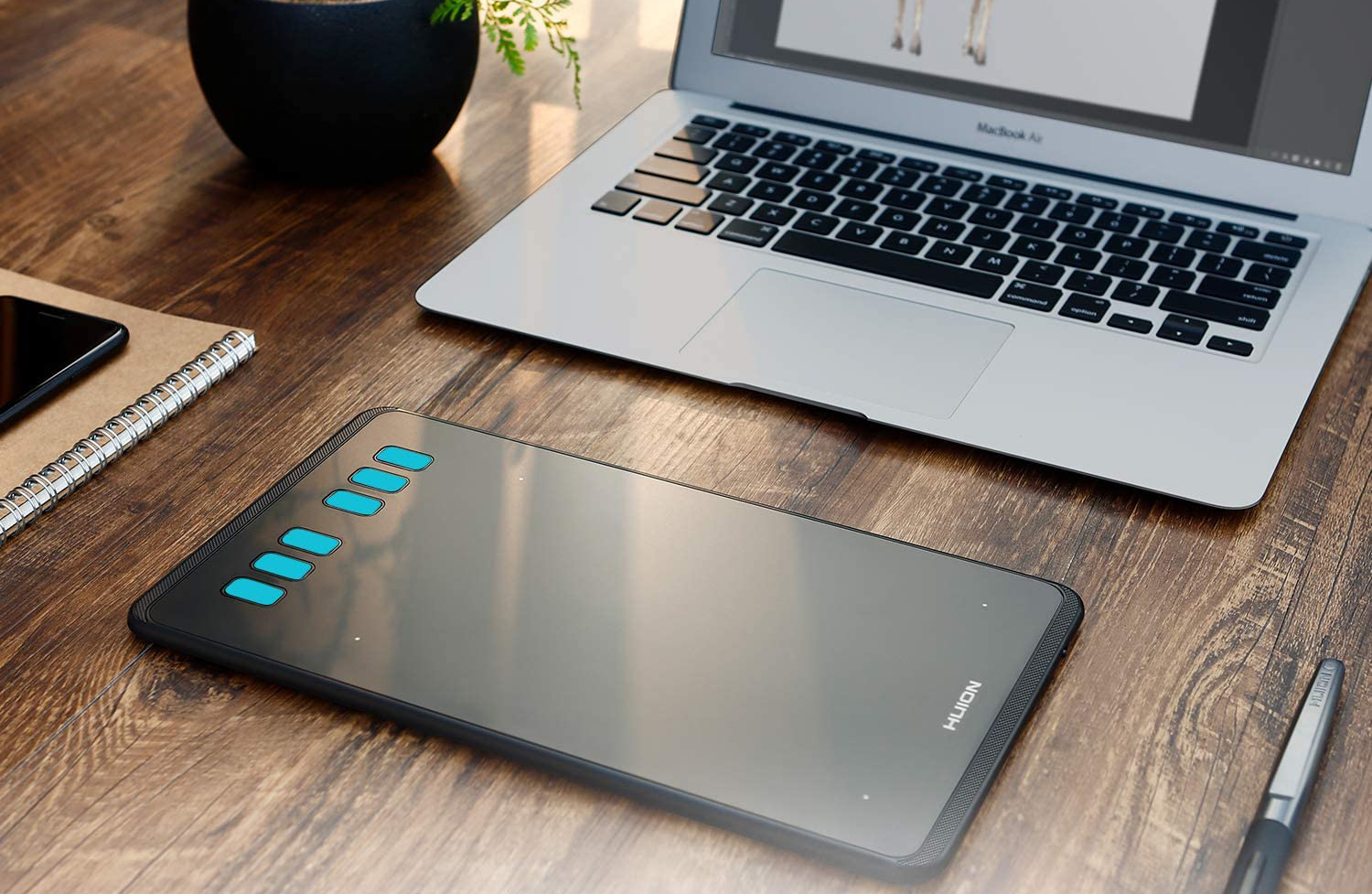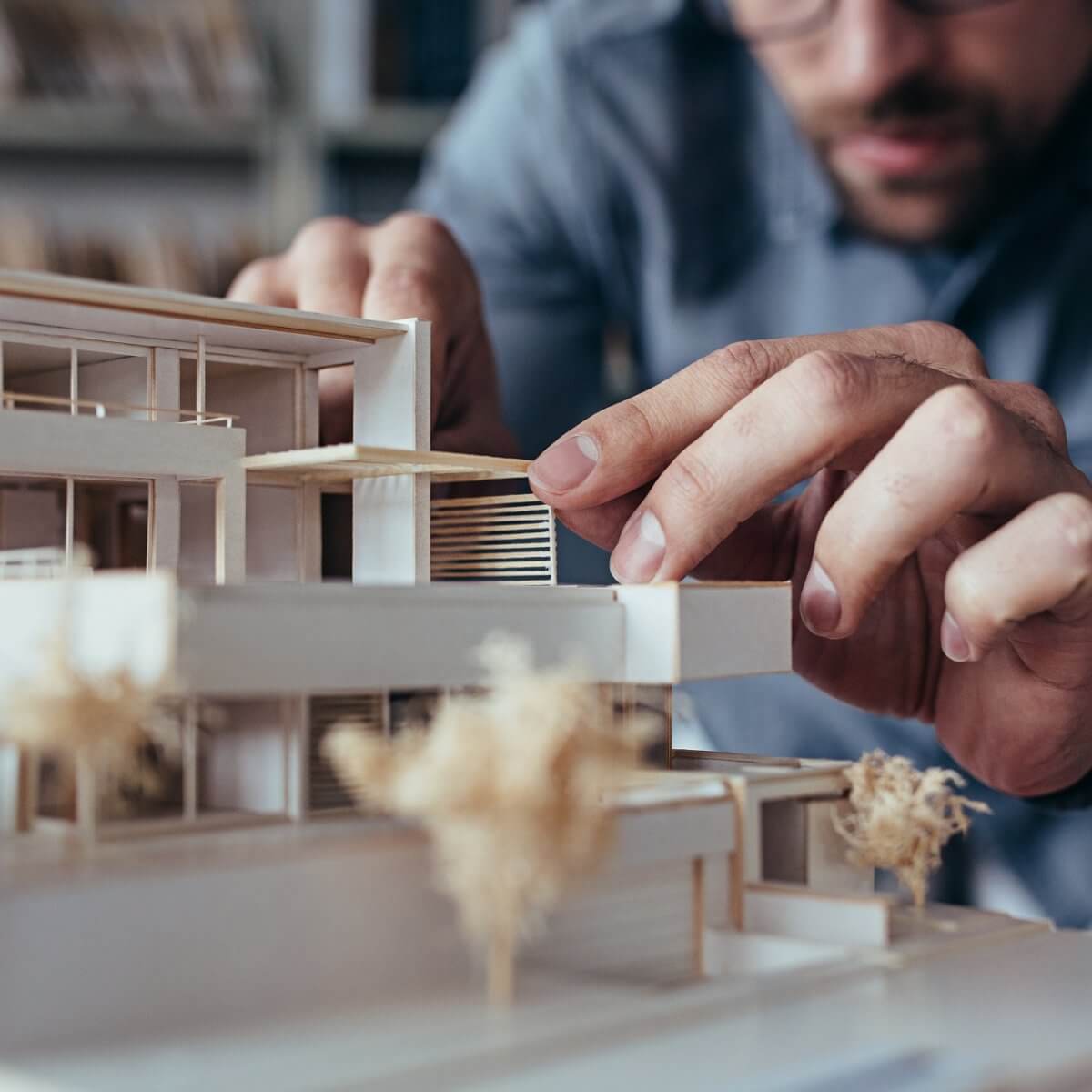

- #Virtual architect ultimate home design 7 work on laptop software
- #Virtual architect ultimate home design 7 work on laptop professional
- #Virtual architect ultimate home design 7 work on laptop series
Additionally, the workstation’s black carbon fiber chassis lends it a highly rugged yet slick quality. This mobile workstation is just 0.7” thick and weighs in at 3.74 lbs, making it a very lean high-performance machine. The P1’s dimensions and weight are its primary asset, though. The boosted version boasts 64 GB of RAM and NVIDIA Quadro P2000 graphics, while Lenovo’s beastly P72 model provides a further option at the top end of the power spectrum. With 32 GB of RAM, NVIDIA Quadro P2000 graphics and 2TB of storage, the laptop’s specs give the vast majority of architects what they need - only those looking to get into AI learning and virtual reality may need more clout. Lenovo’s response was the ThinkPad P1, released in August 2018.
#Virtual architect ultimate home design 7 work on laptop series
Lenovo ThinkPad P1 Best thin, light workstation for architectsįans of Lenovo’s ThinkPad series called for a thinner, lighter mobile workstation - but without compromising on performance, naturally. Coupled with the HP DreamColor 4K UHD anti-glare display, the ZBook 17 G5 provides architectural visualizers with everything they need to create truly jaw-dropping renderings.
#Virtual architect ultimate home design 7 work on laptop professional
The ZBook 17 G5 is powered by NVIDIA Quadro P5200 professional graphics, making it possible to design and present architectural models in real-time with incredibly clarity. Significantly, the boosted version of the laptop boasts 128GB of RAM, allowing users to run multiple high-demand programs at once without any noticeable delay. HP’s “Smart Buy” edition of this workstation does the job with 16 GB of RAM and 2.60 GHz processor speed.
#Virtual architect ultimate home design 7 work on laptop software
HP ZBook 17 G5 Most powerful laptop for architectsĭubbed “the world’s most powerful mobile workstation”, HP’s recently updated ZBook 17 G5 matches the power of most desktop computers, making it ideal for design professionals that regularly use high-demand software packages. The first few mobile workstations on this list are premium machines, while the latter set are included for those looking for a great laptop on a budget. Let’s take a peek at our updated list of the 10 best laptops for architects, designers and architecture students. This guide includes both workstations and laptops, but make no mistake - many in the latter category offer as much in terms of power as they do in mobility. These high-performance machines have begun to supplant traditional PCs as the go-to hardware for architectural practice. Now, this compromise is being diminished by several market leaders, so much so that the word “laptop” is fast becoming extinct - at Autodesk University, a huge convention for AEC technology, the major computer manufacturers showcased what they called “mobile workstations.” This reflects the fact that the processing power and graphics of top-end laptops now match up to workstations.

Until recently, though, professionals were used to having to compromise between mobility and power, with desktop PCs seemingly essential for high-demand, intensive tasks such as real-time visualization and virtual reality applications. For architects and designers, the ability to take our hardware with us - moving quickly between home, studio and site - is vital to our workflow. Laptop computers have long been a preference for many within the construction industry.
/Virtual_Architect-47334afbd27c44b188d73ab3e13b1f0b.jpg)
When you buy through links on our site, we may earn an affiliate commission.


 0 kommentar(er)
0 kommentar(er)
